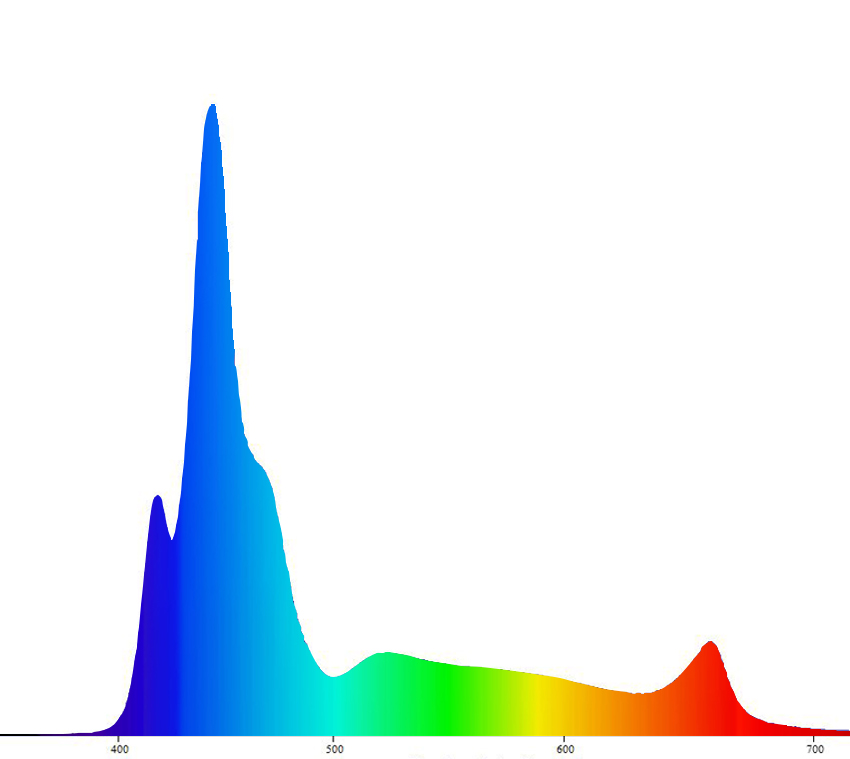Did some deep reading on light spectrum and what's best for corals.
PLZ go easy on me bc I'm not very TECHY. Amateur understanding.
Here's what I learned:
* visible light for corals range from VIOLET (around 380nm'ish wavelength) to RED (700nm'ish wavelength)

* WHITE LIGHT is the entire spectrum 380nm to 700nm being dispersed at the same time. Never knew that.
* sweet spot for corals is mainly 420 to 460nm which is variations of blue wavelengths. Minor sweet spots are a little bit of green (500nms) and a little red (600-700nms)
QUESTION:
1) If you basically BLASTED your corals with 400nm to 470nm blue light, would that pretty much be sufficient for coral growth and health?
2) What's the use of WHITE light? Aren't you blasting corals with the entire spectrum with too much unneeded green, yellow, red at high levels?
Question #2 is my biggest question
.
PLZ go easy on me bc I'm not very TECHY. Amateur understanding.
Here's what I learned:
* visible light for corals range from VIOLET (around 380nm'ish wavelength) to RED (700nm'ish wavelength)

* WHITE LIGHT is the entire spectrum 380nm to 700nm being dispersed at the same time. Never knew that.
* sweet spot for corals is mainly 420 to 460nm which is variations of blue wavelengths. Minor sweet spots are a little bit of green (500nms) and a little red (600-700nms)
QUESTION:
1) If you basically BLASTED your corals with 400nm to 470nm blue light, would that pretty much be sufficient for coral growth and health?
2) What's the use of WHITE light? Aren't you blasting corals with the entire spectrum with too much unneeded green, yellow, red at high levels?
Question #2 is my biggest question
.
Last edited:

















